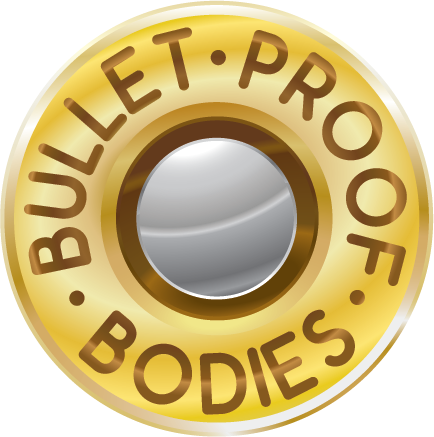“First move well, than move often”
The above quote by physiotherapist and movement expert Gray Cook very simply defines what we should be doing with our bodies every day to prevent disease or dysfunction. Although simply written “moving well” is difficult. With the increase in sedentary behaviour, careers involving staring at screens and sitting in chairs for 8 hours a day, and the excess weight we carry around unnecessarily, it’s tough in this modern age to keep our movement free and functioning.
But first what is “moving well” and how do we define it? How do we know if we are moving well? A good place to start is by looking at the primary movement patterns our bodies can perform:
The 7 Human Movement Patterns.
Squat
Hinge
Push
Pull
Rotational
Single leg (gait)
Lunge
Are you “moving well”?
If you think about the way you move your body throughout day you will generally go through all these 7 patterns, whether squatting to sit down or lunging to climb a stairs, your body is constantly repeating these movement patterns. Dysfunction in the body can often be traced to limitations within a specific movement pattern.
How is your movement?
When attempting to perform the movements do you notice tightness or restriction of movement within certain areas? A proper assessment by a trained professional can help you determine if you may have limitations in any of these movement patterns and if the problem may be caused by tightness or shortening of soft tissues or lack or range of motion.
The way your body compensates during some of these movements can say a lot about what the potential dysfunctions may be. For example when you squat do you notice any of the following compensations throughout the body:
Feet pronate and externally rotate: This may indicate tightness in the soleus, gastrocnemius (calf muscle), hamstring and piriformis and/or weakness in the gluteus medius (bum muscles).
Knees buckle / hip internal rotation: May indicate weak/inhibited gluteus maximus/medius, tight adductor complex and iliotibial band. May be an inability to control hip movements, pointing to an underlying motor control stability problem.
Low back arches: May indicate tight hip flexors and latissimus dorsi, compensating for a weak outer and inner core.
Low back rounds: May indicate overactive external obliques, compensating for weak core muscles.
These are just a few examples of how the body compensates and overuses certain muscles to facilitate movement and function daily. But over time these compensations can themselves lead to problems as over reliance on the supporting muscles can lead to tightness, stiffness and poor balance and or posture. An Osteopath, experienced personal trainer or other qualified healthcare professional can perform a full movement assessment and help identify where you may have movement restrictions or imbalances which could be contributing to stiffness or pain. Sometimes awareness alone can be the best starting point and can make a difference so begin to notice how you move your body daily: do you feel like you have any restrictions in any movement patterns? Do you notice any compensations in your body where you don’t feel balanced or aligned when performing certain movements?
Moving differently
A great way to prevent dysfunction from occurring in the first place is to keep moving in a variety of ways and keep challenging the body to adapt. We get stuck in modes of movement, whether that’s sitting at a desk all day or lying down on in the same position every evening staring at the screen. It’s no wonder the body closes up and tenses. We need to challenge the body with new ways of movement. This helps increase strength, range of motion and flexibility and ultimately offers more protection for our joints as we age. Consider activities that can challenge you to move in new ways you have not been used to. Some great activities for challenging your movement include:
Yoga
Tai Chi
Martial Arts
Dancing
Rock climbing
Sports- Football, Tennis, Rugby etc.
Cross country running – non linear
Of course many sports such as football, tennis, rugby etc involve moving the body in multiple planes and are also excellent for challenging movement patterns. Walking and running are good activities for fitness for their usual repetitive nature doesn’t challenge your movement as well. The key is to get creative and consider where is there an opportunity for you to move in a different and challenging way.
As always this information is not a replacement for medical advice, and is not intended to treat, cure, or repair any medical condition. You should consult with a health professional before beginning any exercise program.
http://www.osteofitrehab.com
Article Source: http://EzineArticles.com/expert/Fergus_O_Connor/2284856
Article Source: http://EzineArticles.com/9407543
Video: https://www.youtube.com/channel/UCPx2nKfFk4p6IkQsMW9O0xQ

